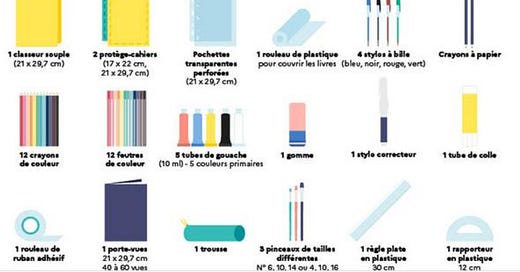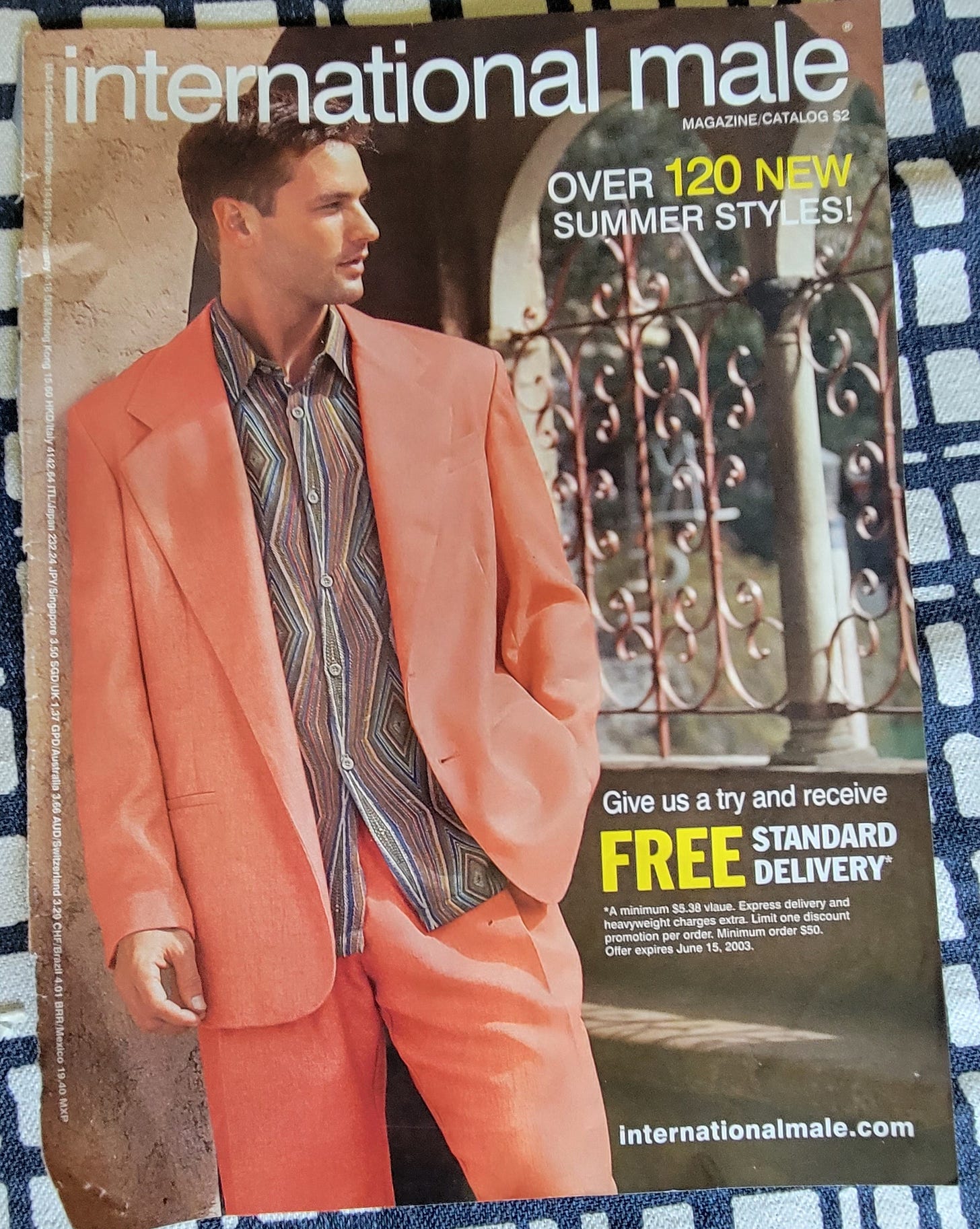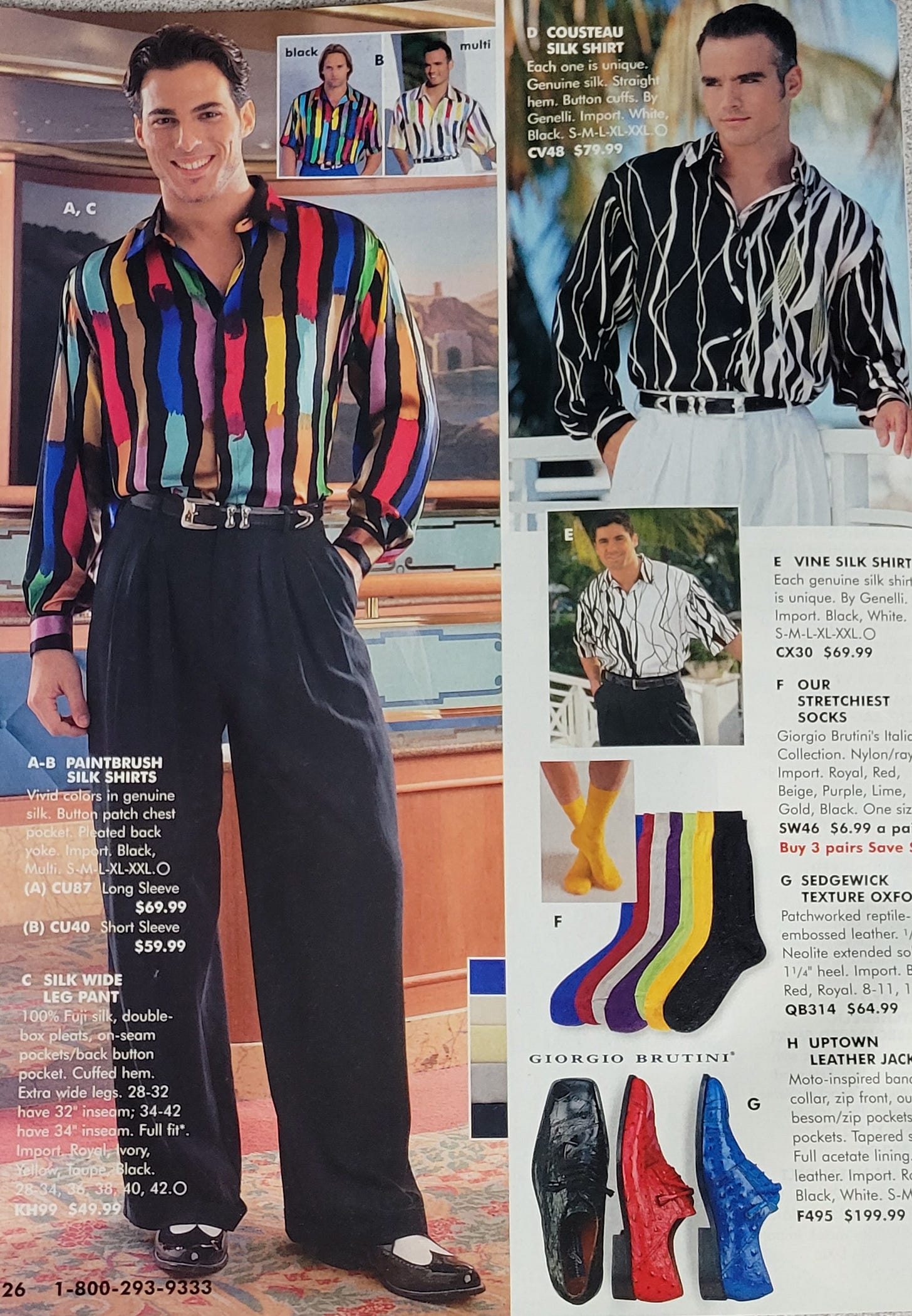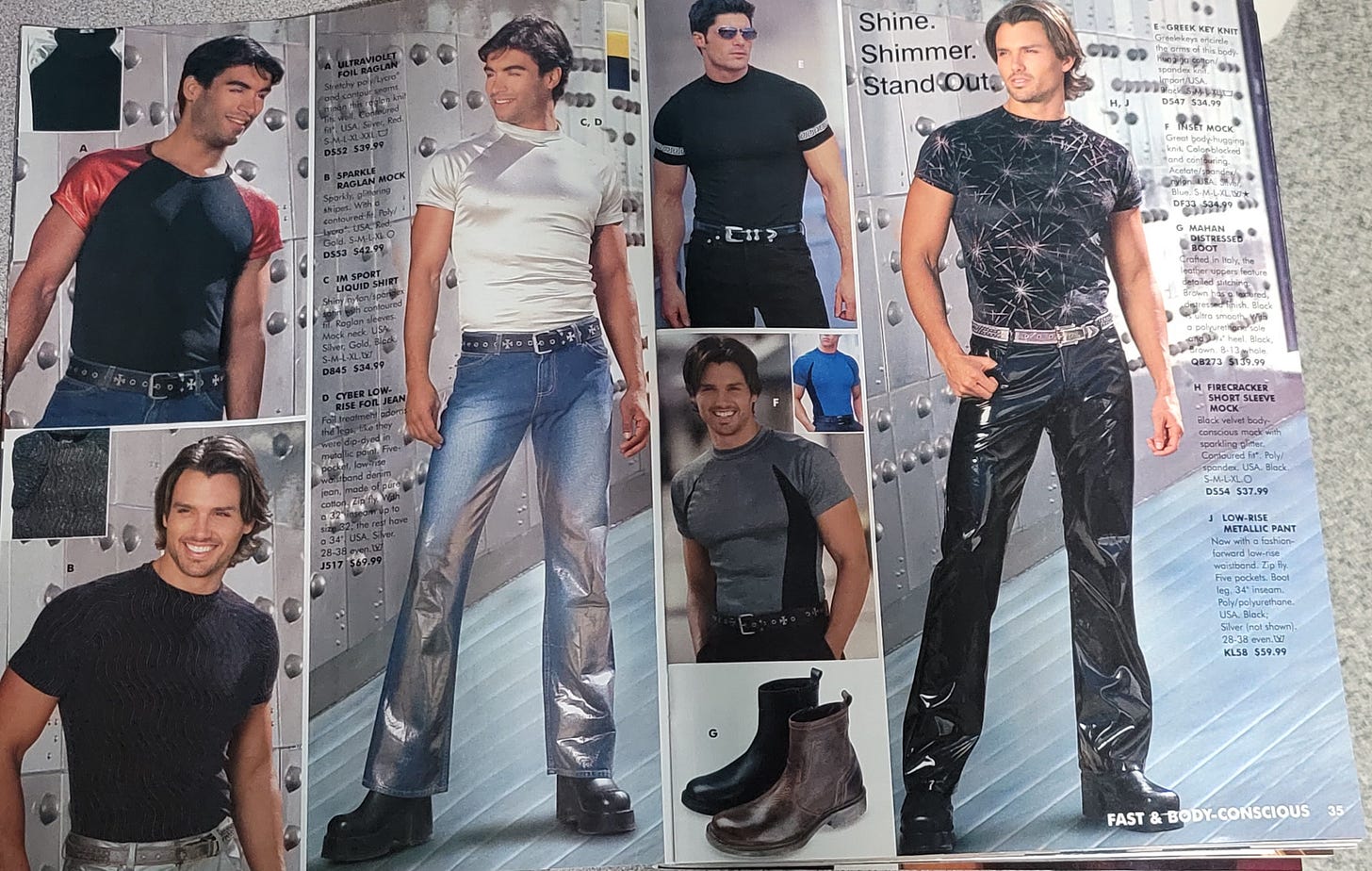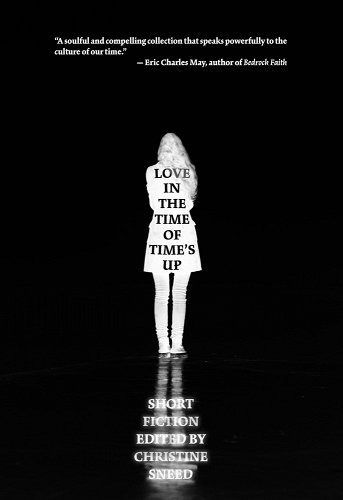Catching the Spirit of La Rentrée
Back-to-school means time to read in France, honoring the late, great International Male, and looking forward to a new anthology...
According to the Pew Research Center, about 43% of our nation’s K-12 students are starting school this week, or have already begun. Not on the East Coast—their schools tend to wait until September, which is how the French also organize their school calendar. But the French embrace the back-to-school spirit even more than we do, with our sundry sales on school supplies and clothes that it’s too hot to wear for another three months. The French call this season in late August and early September La Rentrée, and and it’s a whole spiritual/intellectual/practical reset.
While Americans make resolutions in January, the French tend to make them for La Rentrée, after they’ve come off their collective summer vacations. Kids go back to school, adults return to work, Parliament comes back into session. People plan to begin big projects in September. S’organizer—organize yourself—is a typical resolution. The French have a more centralized government than we do, so there’s even an official list of suggested school supplies put out by the government.
But my favorite aspect of La Rentrée—from what I understand of it as an American with French in-laws—is the way it causes people to enjoin themselves to read more books. You could spend your whole American adult life not reading and feel perfectly respectable—you’d certainly never be made to feel guilty about it the way you might if you say, skipped watching the Super Bowl. But in France, there’s a sense that you really should be reading, you lazy good-for-nothing!
Along with La Rentrée comes La Rentrée Littéraire, the period between late August and November when the majority of French books are published, especially those contending for France’s literary prizes. (Various publishers even announce which books they’re nominating for prizes.) Many newspapers, magazines, and websites put out lists and reviews of books to read. My husband’s dear great aunt used to save me copies of the fantastic magazine Lire, which people read for book recommendations. While such publications in America tend to be aimed at specialized groups such as librarians or aspiring writers, Lire reaches a general audience.
So when September rolls around this year, why not mark it the French way: organize your desk, plan your next writing project, buy and read a bunch of books, and crack open a brand new notebook. See, there’s a whole country that encourages and celebrates your normal habits, my fellow bookworms!
The Assorted Whimsy Portion of The Tumbleweed
Speaking of La Rentrée, I was trying to organize my office, and buried in some papers, I discovered an extremely important periodical. Namely, this clothing catalog called International Male, Summer 2003 edition.
In case it’s not immediately apparent why I would hang on to such an item for two decades, I’ll explain. When I come across an advertisement that is bizarre, amusing, or unexpected, such as those for a rhinestone-encrusted Broncos football or a lifelike porcelain newborn doll, I like to rip it out and stash it in a book, laptop, desk drawer, or bag belonging to one of my friends or family members.
It surprises them and gives them a laugh, and I like to think that from then on they associate me with things that are funny and in moderately-to-extremely bad taste, as I hope that each of you now will, my dear half-dozen-or-so readers. When I found the catalog I wondered whatever happened to International Male, a periodical that has given me more hours of merriment and joy than most humorous shows/movies/books/lists that are intentionally trying to amuse me.
Well, according to our friend Wikipedia, it’s tragically defunct. The last print edition of International Male appeared in 2007, and while several of the various brands it features are still producing their wondrous wares, there is no longer a visionary curator bringing them together as a collection for easy perusal and ordering. Where are we to procure our velvet London Opera Coats and Mansion Smoking Jackets with gothic cross lapel pins now? (P.S. I am completely affronted by this Wikipedia editor’s note dated May 2022: “The topic of this article may not meet Wikipedia's general notability guideline.”)
On the plus side, the disappearance of International Male means that now I’m not a hoarder for hanging onto the catalog for 19 years, but an archivist.
The Book Recommending Portion of The Tumbleweed
I will have a new short story in the fiction anthology Love In The Time of Time's Up, edited by Christine Sneed, which hits bookstores October 4.
You can pre-order it now to be the first to read great fiction by Lynn Freed, Karen Bender, May-lee Chai, Gina Frangello, Cris Mazza, Victoria Patterson, Amina Gautier and more! Booklist writes, “This complex and hotly contemporary collection of short fiction compiled by Sneed explores the people and stories behind the #TimesUp movement, which dovetailed with #MeToo and the entire new wave of cultural feminism aimed at ending harassment and abuse in power-imbalanced relationships…The book reads like a time capsule, sure to help readers make sense of the cultural moment.”
The Q&A Portion of The Tumbleweed
In late July, I had a delightful time teaching a fiction workshop for the summer residency of the Mile-High MFA in person for the first time in two years. One of my students asked me this interesting question:
Q: How many characters should my novel have?
A: Pay attention to books that you like. Maybe you’re a committed minimalist, who thinks the amount of characters featured in The Old Man and the Sea or The Road (what, like two or three?) is all that any novelist should be working with. Or maybe you’re a firm maximalist who thinks Charles Dickens and Tolstoy got it right. (According to this infographic from lovereading.co.uk shared by Electric Literature, there are 600 named characters in War and Peace, and 62 in Bleak House.) Keep your favorite books near your writing desk, and when you are puzzled by a question like this, you can look through them. The resources of your bookshelf are useful for reassuring yourself that there are no strict rules when it comes to these kinds of questions.
Please send me any questions you’ve got about writing, editing, publishing, rabbit keeping, gardening, taco eating and naps. You can leave a comment or send me an email.
The Self-Promotional Portion of The Tumbleweed
The panel I created for the March 2023 Seattle AWP (Association of Writers & Writing Programs) conference has been accepted, so as long as not all of my panelists bail, we’ll be discussing “Writing the Real West: Diverse, Urban, and Contemporary” in what I’m sure will be a fabulous, fluorescent-lit conference room.
If you bought a copy of Mixed Company and would like one of the nifty Colorado Book Award Winner stickers Colorado Humanities gave me for it, let me know! I’ll send you one.
Judy Christie was kind enough to write this great review of Mixed Company for The Shreveport Times. Christie wrote, “With its themes of connections between diverse characters in changing communities, the collection seems especially timely in these days of division in our country. Shank writes with affection and insight about neighborhoods and the people who live in them, and her words sometimes seem as much poetry as prose.”
Westword and Colorado Sun reported on the Colorado Book Award Winners.
Enough about me. Here’s one more International Male page for you. I hope there’s a Fleece Snuggler in store for each of you this Rentrée season.
